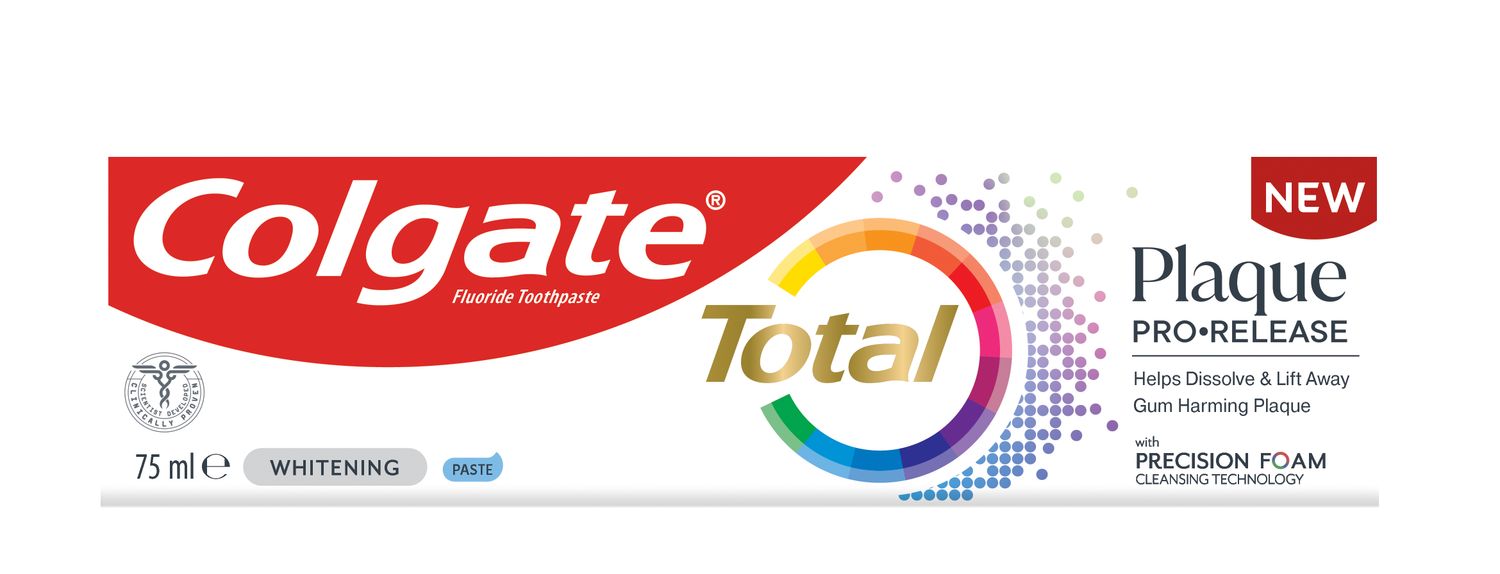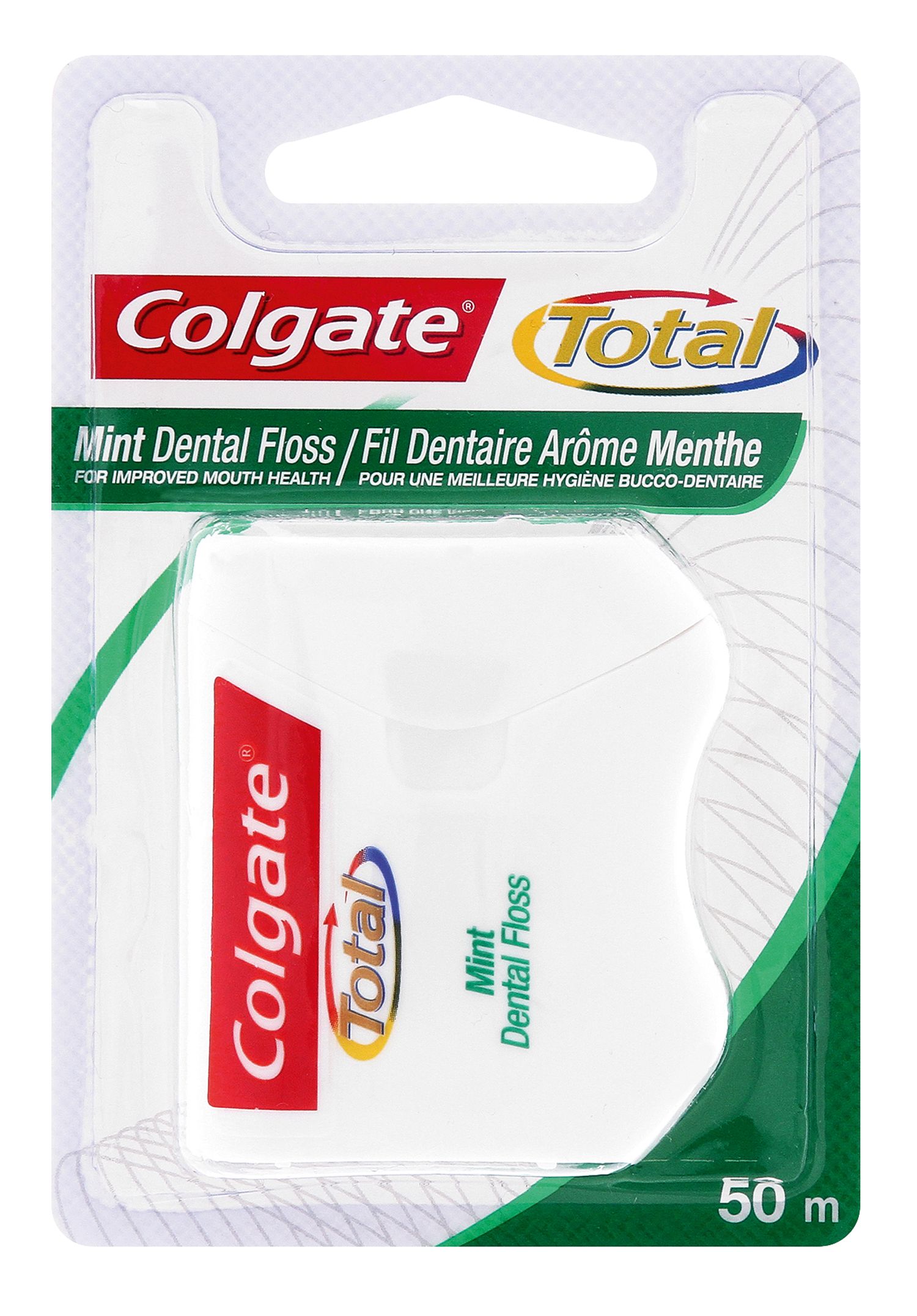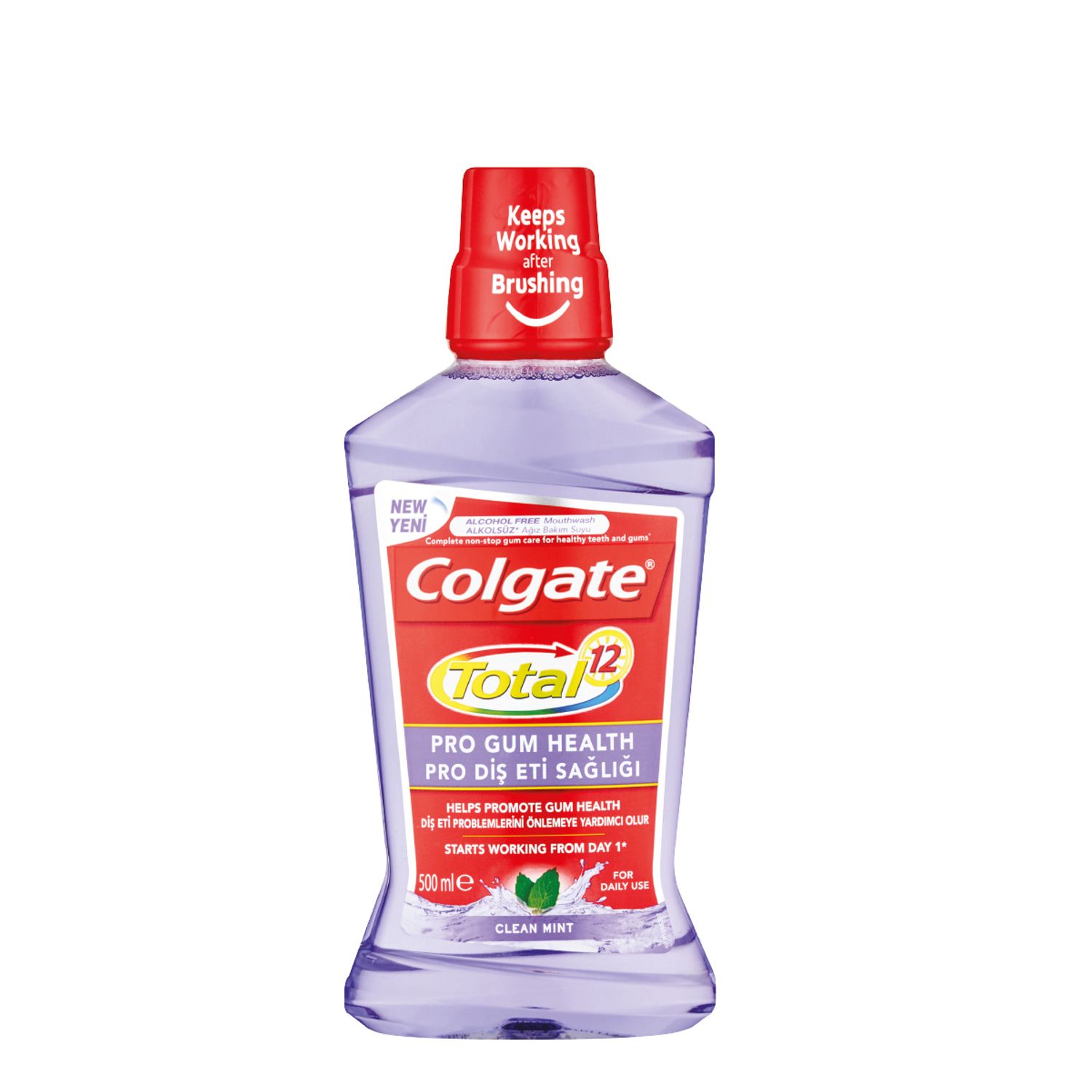Gum Problems to Periodontitis
Gum disease is a sneaky, progressive occurrence, and here's why: the first stage of gum problems occurs when plaque is not thoroughly removed from your teeth. Red, swollen and inflamed gums are tell-tale signs of this infection, but the National Institute of Dental and Craniofacial Research (NIDCR) assures that this condition is easily reversible with daily brushing and flossing – and a professional cleaning at the dentist's office.
When left untreated, however, gum problems can progress into a more serious condition called periodontitis. Toxins from the build-up of plaque affect not only your gum tissue, but also the bone and ligaments that support your teeth. As the infection causes disease to the bone and supporting tissues, your teeth may eventually become loose and need to be treated surgically or removed. But even advanced cases of periodontal disease don't have to progress to this point.
Non-surgical Treatment
The first step in treating periodontitis is a conservative, non-surgical treatment called scaling and root planing (SRP). A dentist or de ntal hygienist provides this treatment by scraping and removing the plaque and tartar off the teeth and root surfaces by scaling and smoothing away any roughness on the roots to prevent germs from gathering again. According to Nevada-based dentist Dr. Maria Perrone, SRP may require more than one visit, and a local anesthetic can be used to prevent any discomfort. After this process, the gums will heal and reattach themselves to the healthy, clean surfaces of the teeth. Within a few weeks, the dentist will evaluate your healing and decide whether further treatment is necessary.
If you need additional treatment, the American Academy of Periodontology describes various periodontal surgeries that can help stop the progression of periodontal disease:
Pocket Reduction Procedure
After scaling and root planing, if the gum tissue does not fit snugly around the tooth and you can't keep the deep pocket area clean, you may be a candidate for periodontal pocket reduction or flap surgery. By folding back the gum tissue, your dentist or periodontist can remove infectious germs and smooth areas of damaged bone, allowing the gum tissue to reattach to healthy bone.
Gum Grafts
Exposed roots due to gum recession can be covered with gum grafts, wherein gum tissue is taken from your palate or from another source and used to cover the roots of one or more teeth. Covering exposed roots helps reduce sensitivity and protects your roots from cavities, while stopping further gum recession and bone loss.
Regenerative Procedures
Bone grafting is a surgical procedure that promotes the growth of bone in an area where bone has been destroyed by periodontal disease. During this type of treatment, your dentist or periodontist will eliminate germs and then place either natural or synthetic bone in the area of bone loss, along with tissue-stimulating proteins to help your body effectively regrow bone and tissue.
Periodontal Maintenance
Anyone who has had treatment for advanced periodontal disease knows that meticulous home care is the key to keeping periodontal disease from rearing its ugly head – again. As personal oral care is a big part of any periodontal treatment plan, your dentist or dental hygienist may spend lots of time making sure you understand and implement proper brushing and flossing techniques at home. He or she may also recommend an antimicrobial mouthwash to help reduce germs in hard-to-reach areas of your mouth.
In addition to not smoking, which inhibits the healing process, your dentist may also recommend keeping a close eye on your periodontal health with more frequent check-ups and cleaning appointments. When dealing with periodontal disease, the well-known saying is certainly true: "an ounce of prevention is worth a pound of cure".














